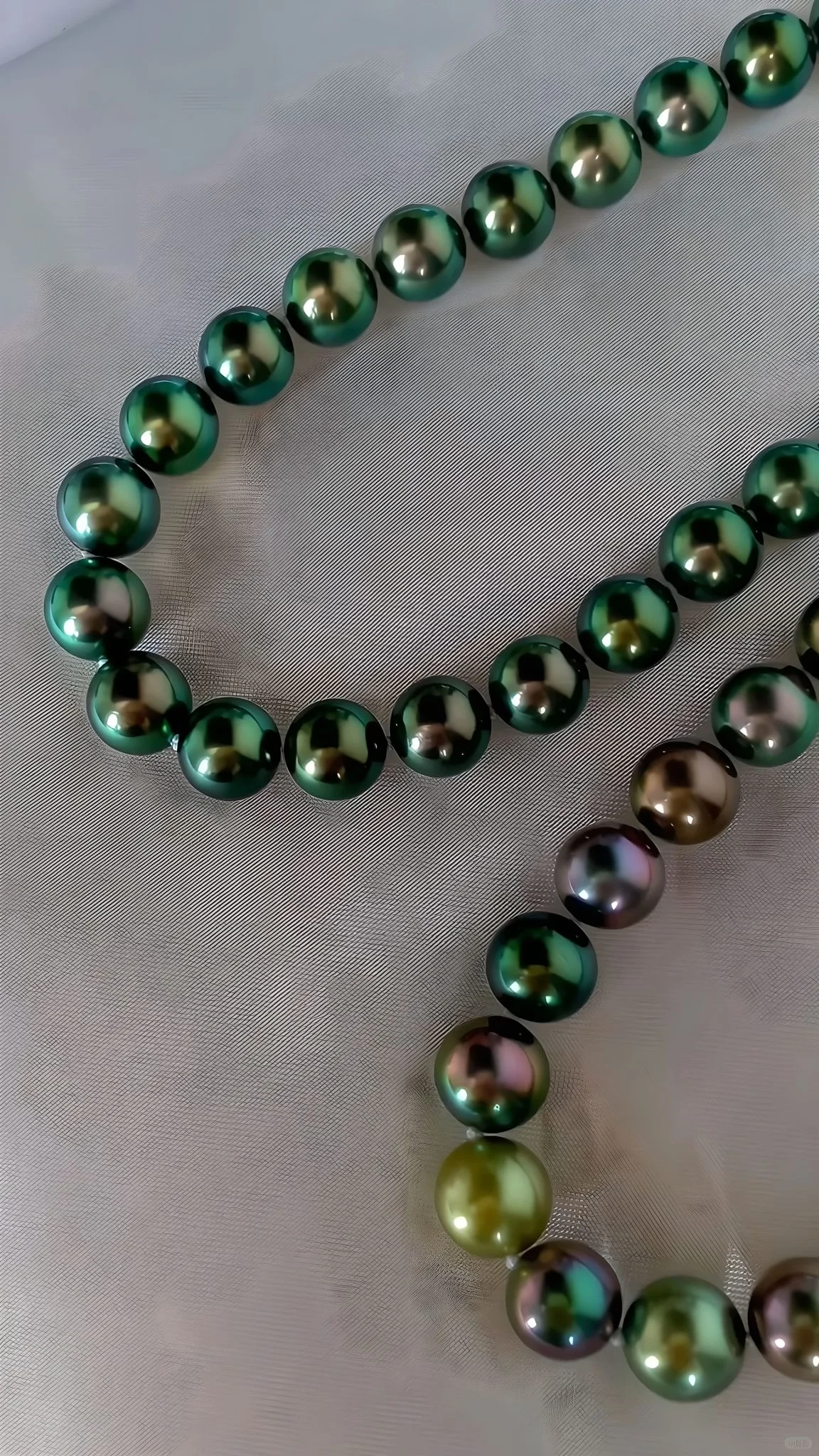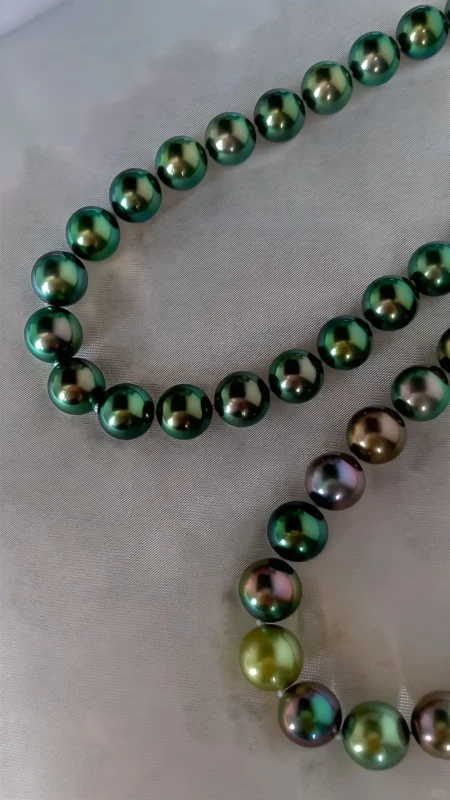How Tahitian Pearls Form Their Stunning Colors

The Vibrant Hues of Tahitian Pearls
Have you ever marveled at the deep, iridescent colors of Tahitian pearls and wondered how they achieve such captivating beauty? These enigmatic gems, known for their spectrum of alluring shades, are a testament to nature’s artistry. Tahitian pearls, primarily grown in the black-lipped Pinctada margaritifera oyster, captivate with hues resembling the rainbow trapped in jewel form. But what gives them this stunning coloration? Join us as we delve into the mystery behind the signature colors of these luxurious pearls.

The Basics of Pearl Formation
The journey to understanding Tahitian pearl colors begins with grasping the basics of pearl formation. Pearls are born when an irritant, often a grain of sand or a parasite, enters an oyster. In defense, the oyster secretes layers of nacre—a crystalline substance composed of calcium carbonate—over the irritant, gradually forming a pearl. This natural process highlights the wonders of marine biology and the serendipitous nature of these luxurious gems.
Factors Influencing Tahitian Pearl Colors
The Role of Nacre Composition
The composition of nacre plays a crucial role in the ultimate hue of a Tahitian pearl. According to Dr. Robert Weldon, an expert in gemology, “The unique colors of Tahitian pearls are influenced by the intricate interplay of the proteins and calcium carbonate in nacre.” The nacre’s thickness and layering cause differing light refractions, producing the diverse colors we see.
The Influence of the Black-Lipped Oyster
Tahitian pearls owe much of their color palette to their host, the black-lipped oyster. This species, native to the lagoons of French Polynesia, is renowned for producing pearls ranging from shimmering silver to deep charcoal black, interspersed with echoes of green, blue, purple, and pink. The unique coloring of the oyster’s lip impacts the nacre’s light absorption, contributing directly to the pearl’s hue.
Environmental Factors
The water quality, temperature, and overall environment where the oysters reside also play a significant role in color development. Pearls from nutrient-rich waters tend to be darker and more colorful due to the varying mineral content that influences nacre formation.

The Market Appeal of Tahitian Pearl Colors
Tahitian pearls’ stunning colors are not only a feast for the eyes but a testament to their rarity and value. Their unique hues contribute significantly to their desirability in the luxury jewelry market. As an elegant statement of sophistication, these pearls’ exotic colors provide a perfect pairing with white or yellow gold, amplifying their brilliant tones and mystical allure.
Conclusion: Embracing the Beauty and Complexity
In essence, the striking colors of Tahitian pearls are a harmonious blend of nature’s elements, from the nacre’s microscopic structure to the environmental conditions of the oyster’s habitat. As you hold these gems, you carry with you a piece of the ocean’s exquisite craftsmanship. While their beauty is self-evident, understanding the complexities behind their formation only deepens our appreciation for these natural wonders. Whether worn as a pendant or string, Tahitian pearls are more than just jewelry; they are a celebration of nature’s magnificence.
By exploring the intricacies behind the birth and color of Tahitian pearls, we add depth to their allure, enhancing their timeless fascination for all who seek the ultimate in luxury and elegance.
